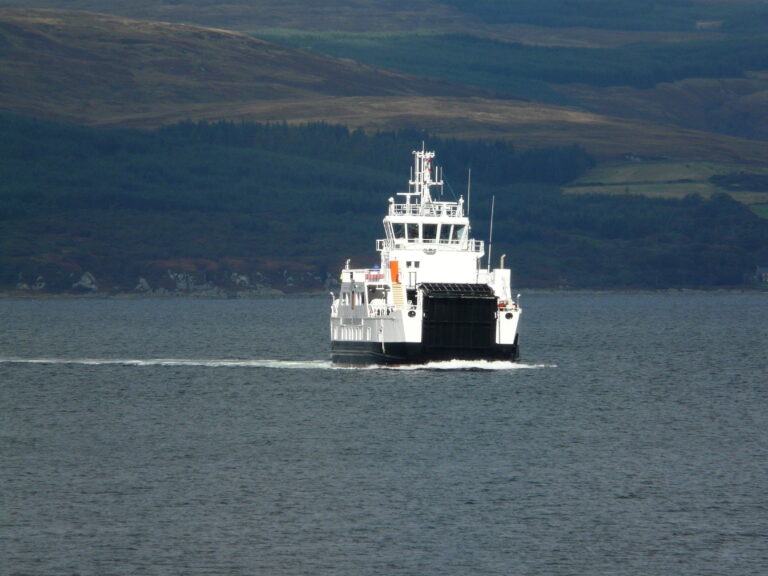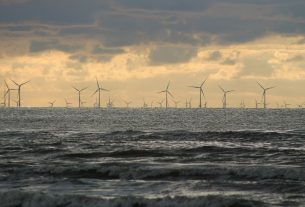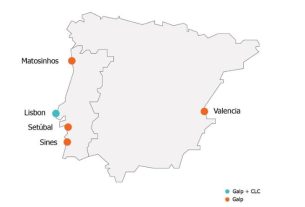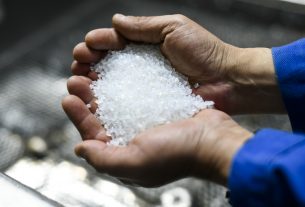United Kingdom – AqualisBraemar LOC has partnered with Caledonian Maritime Assets Ltd. (CMAL) to construct an emission-free hydrogen fuel cell passenger and car ferry, a first for Europe.
This is part of the HYSEAS III project, which is financed by Horizon 2020. HYSEAS III builds on the findings of HYSEAS I and HYSEAS II by establishing that fuel cells can be successfully integrated with a proven maritime hybrid electric drive system (electric propulsion, control gear, batteries, and so on), as well as accompanying hydrogen storage and bunkering arrangements. The HYSEAS III project will develop, construct, test and validate data in a full-sized drive train on land.
AqualisBraemar LOC scope
The goal of AqualisBraemar LOC’s project is to design a double-ended seagoing passenger and car ferry that can run fully emission-free thanks to its hydrogen-powered propulsion train. AqualisBraemar LOC has established a range of marine and engineering consulting services in recent years to support carbon-reduction activities in the maritime sector, including competence in electrical engineering and vessel alternative fuel integration.
The ferry will be designed around the requirements of Shapinsay in Orkney where hydrogen fuel is generated through wind power. The ferry which will carry 16 cars or two trucks, and 120 passengers will be capable of sailing to and from any concrete 1:8 slipway where hydrogen is available locally to power the vessel.
Sustainable design
AqualisBraemar LOC operations in Aberdeen will collaborate with CMAL to ensure that the entire vessel design is as sustainable as possible, while also producing a design that meets the highest degree of safety and reliability for a lifeline ferry service.
The HYSEAS III consortium is comprised of CMAL (Scotland), Kongsberg Gruppen (Norway), Ballard (Denmark), Orkney Isles Council (Scotland), St Andrew University (Scotland), McPhy (France), Arcsilea (England) and Interferry (Sweden).




